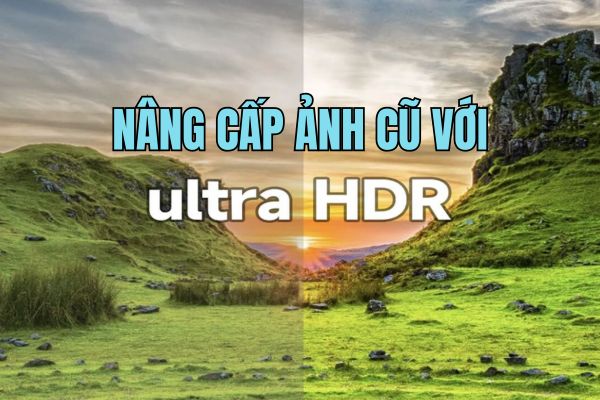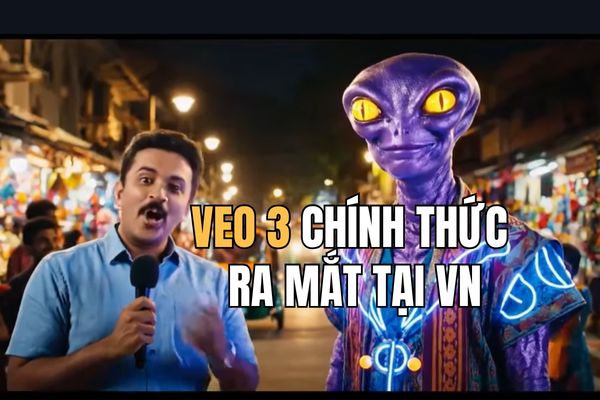The The area banned gasoline is a hot topic, attracting special attention of people in Ho Chi Minh City and Hanoi. This plan is not only a proposal but is gradually shaped with specific roadmaps, towards a cleaner and cleaner future. So what are the routes that will pioneer this regulation and what do people need to prepare? Please join Anonyviet Find out the following details.
| Join the channel Telegram belong to Anonyviet 👉 Link 👈 |
The roadmap to form a banned area in Ho Chi Minh City
Ho Chi Minh City is showing strong determination in improving air quality and minimizing pollution through the planning of areas that limit fossil fuel use. This is not only a solution but a part of the sustainable development strategy Resolution 98 and Government Action Program.
2 strategic stages
The plan is divided into two strategic stages:
- Pioneering period (until 2030): Focus on “greening” the public transportation system. The goal is to convert 100% bus operating to use electricity and other types of clean energy, creating a solid foundation for the next steps.
- Expansion phase: After completing the goal with buses, the city will develop specific policies to reduce emissions from other personal vehicles. In particular, the shipper team and technology driver will be given priority to support the conversion from petrol motorcycles electric motorbikewith ambitious goals of Dat 400,000 electric cars in 2029.
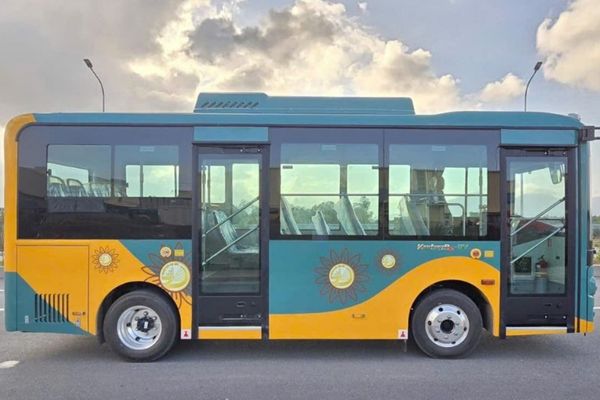
Which areas will pioneer to limit gasoline?
In order to ensure efficiency and reduce the impact on people, Ho Chi Minh City will pilot in areas with high risk of pollution or need special environmental protection. The expected areas are given priority including:
- Downtown area: Where there is a density of traffic and population, the level of air pollution is always alarming.
- Can Gio district (old): Dubbed the “green lung” of the city, the limit of gasoline cars here to preserve the valuable mangrove ecosystem.
- Con Dao special zone: Towards the goal of developing sustainable tourism, protecting the pristine natural landscape.
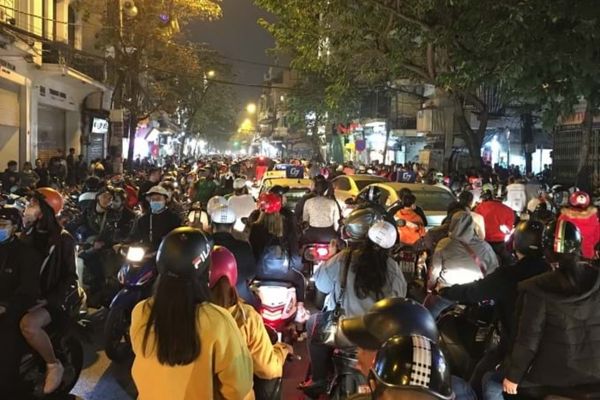
Hanoi and a plan to ban gasoline motorbikes at Ring 1
Not outside, Hanoi Capital also announced a bold and specific plan to create “low emission areas”. The focus of this plan is the completely banning the gasoline motorbike operating inside the belt area 1, expected to start from the month 7/2026.
This is considered a strategic step, zoning the core area of the city – the gathering of administrative agencies, cultural centers and the highest traffic density. The roadmap is clearly outlined, starting in 2026 and completed by 2028, then will continue to study and expand to other belt by 2030.
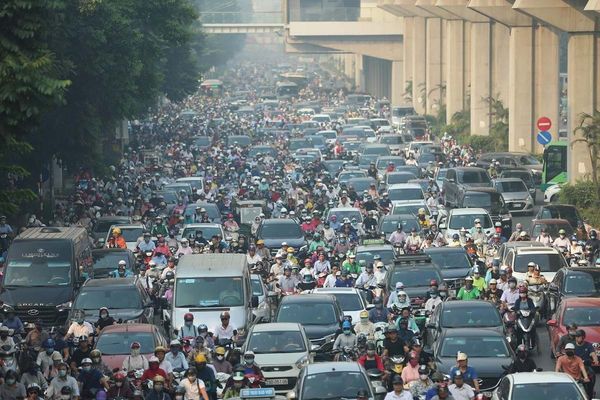
The range of Belt 1 forms a closed circle surrounding the center of the Capital. People need to know the following routes to be proactive in moving when the regulations take effect:
Tran Khat Chan – Dai Co Viet – Xa Dan – O Cho Dua – Hoang Cau – De La Thanh – Cau Giay – Buoi Street – Lac Long Quan – Au Co – Nghi Tam – Yen Phu – Tran Nhat Duat – Tran Quang Khai – Tran Khanh Du – Nguyen Khoai.
To encourage people, Hanoi is considering policies to support conversion to electric vehicles and may apply discharge fee for vehicles entering the inner city.
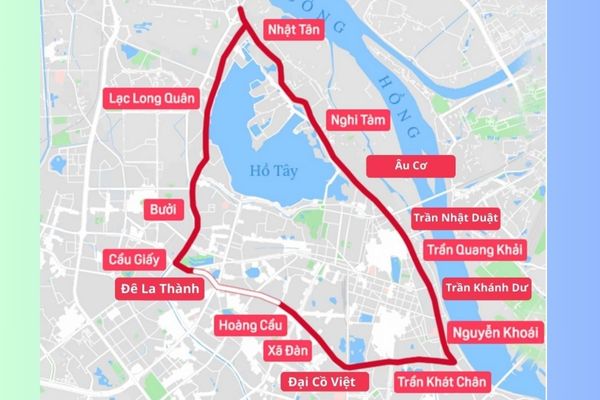
Conclusion
The setting of the The area banned gasoline In Hanoi and Ho Chi Minh City, it is an indispensable step in the journey to build a civilized and sustainable urban area. Although there will be initial challenges, clear roadmap and conversion support policies will help people gradually adapt. This is the necessary preparation for a green, clean and safer future for everyone.



